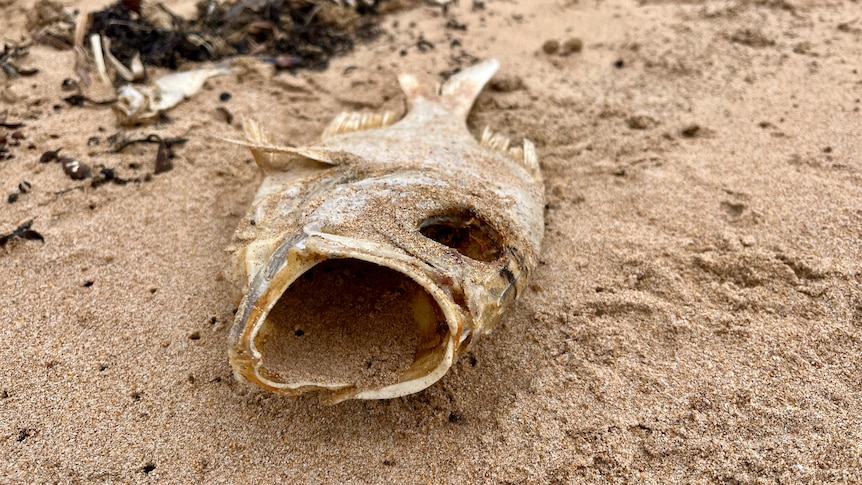Copyright abc

Scientists believe they may have identified a little-known algal species called Karenia cristata as the source of South Australia's devastating algal bloom. The breakthrough research, which is undergoing the process of academic peer review, also shows it to have been the dominant species for the majority of the bloom's existence and one of five Karenia species present. Karenia cristata is the only one known to produce the brevetoxins (algal toxins) behind the bloom. Professor Shauna Murray, from the University of Technology Sydney (UTS), has been leading the research team in a bid to identify the brevetoxin-producing species. Her team has been working on the problem since the bloom surfaced near Victor Harbor beaches in March after large amounts of sea foam, marine deaths and acute health symptoms in people were noticed. Karenia cristata has not previously been identified in Australian waters.It has been recorded twice in waters off South Africa and once near Newfoundland, off the coast of Canada. The research describes Karenia cristata as an "emerging international threat with unknown consequences in changing ocean conditions". Professor Murray said the presence of respiratory symptoms in surfers near Victor Harbor in March had suggested the presence of a brevetoxin-producing species in addition to Karenia mikimotoi, which was the initial species identified within the bloom. That suggestion was confirmed in early May when the South Australia Shellfish Quality Program confirmed that brevetoxins were present in South Australian waters. Professor Murray said that was when "we certainly knew we were looking for a different Karenia species in this bloom". Race for results Professor Murray said identifying the algal species had been a massive task, and the results had been obtained "incredibly fast". "That was because we set up a really, really big team and we all worked extremely hard on this," she said. Multiple samples were regularly taken from 39 sites. Professor Murray says Karenia blooms tend not just to consist of one single species, but are made up of a mix of Karenia species. "They like to occur together," she said. She said the dominant algae within the bloom had been shown to change over time and with location. "Generally, across the period, Karenia cristata was the dominant one, but some of the other species were dominant at different times, in different locations." How did Karenia cristata come to be in Australian waters? Professor Murray said a lack of past research made it impossible to know how or when the algal species was first in Australian waters. Professor Murray said she suspected that the algae was present "all along" because of its previous detections in the geographically disparate locations of Canada and South Africa. "It's part of what we would call the hidden flora — the species that are present but not very abundant that we never really investigated," she said. Little is yet known about Karenia cristata, but Professor Murray said it appeared to have grown best in water temperatures between 14 to 18 degrees in a previous bloom in South Africa. She said that, anecdotally, it appeared to have followed a similar pattern in South Australia when the growth of the species "took off" in the cooler months from May onwards. However, she cautioned that much more testing was needed to learn about the conditions that favoured the species. Badly misunderstood and much to learn Professor Murray said the algal bloom had been "badly misunderstood" and "maybe misrepresented" since the start. She said the identification of the additional Karenia species was the starting point of the work, and there was much more research to be done. Professor Murray said monitoring would need to be done, not just in South Australia but around the country, as brevetoxins also had potential human health impacts. The brevetoxins produced by Karenia cristata are "essentially the same" as those produced by Karenia brevis, which frequently blooms off the coast of Florida in the United States. "The one difference is they're producing slightly different analogues, so slightly different chemical forms of brevetoxins," Professor Murray said. "The major difference there is that the Australian one is not producing one of the chemical forms that you find in the US one, which is called BTX-1, but it is producing the others." Professor Murray said that, as far as she was aware, there had not yet been a lot of research into how toxic the different chemicals were in relation to one another, but expected they would be similar.



